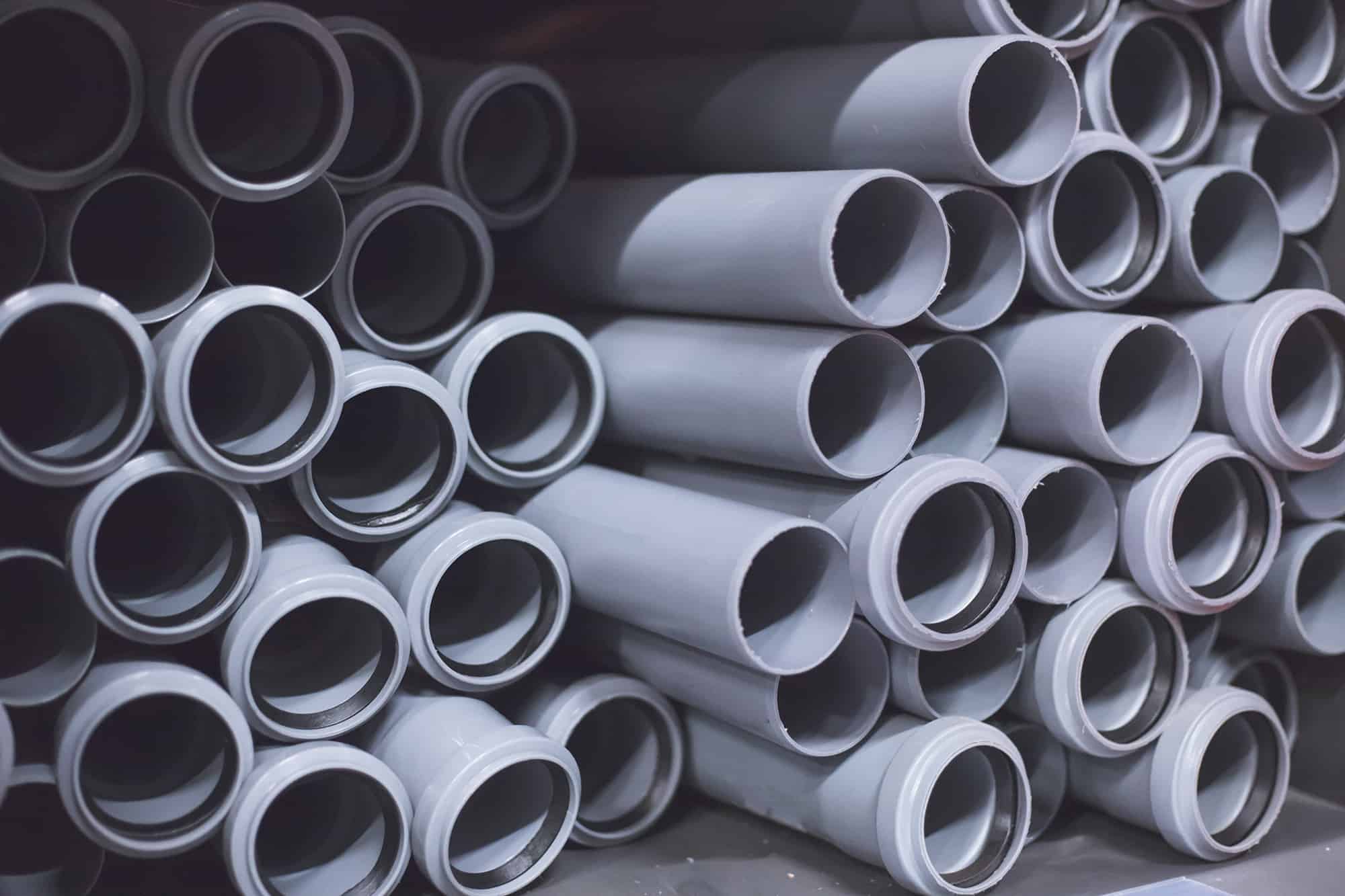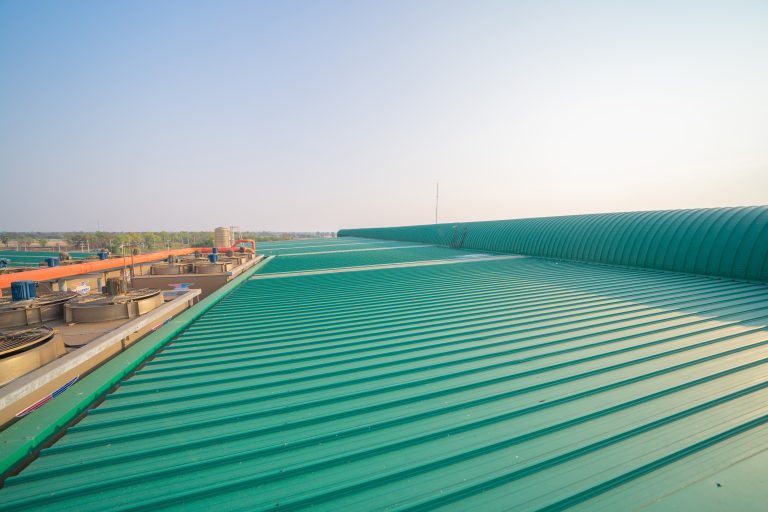While perhaps not the first material that comes to mind when picturing a construction site, plastics have many necessary applications in the construction industry. This is largely due to how flexible they are – literally. Read on to learn more about how this popular material is manufactured, and how it’s being used in the construction industry today.
On a basic level, plastics are polymers – large molecules made of small molecules called monomers. Some, like cellulose, wool, and silk, occur in nature, whereas others, like epoxy and nylon, are purely synthetic. Depending on the polymer, a wide array of characteristics can be present, though there are usually some commonalities. For instance, most polymers are insulators of electricity and heat, resistant to chemicals, light in mass, and receptive to processing. Many of these properties can be further enhanced through the use of additives.
As with other materials, the manufacturing process of plastics is complex and depends on the exact plastic being created, but there are typically some basic steps. First, the chemicals that most modern plastics are made from – natural gas, coal, and petroleum – are heated, which causes them to break down into individual molecules. The molecules are then rejoined into different combinations to form different types of plastic. While plastics can be made in numerous varieties, they are all plastic, which refers to the property of being pliable and easy to shape when heated. Some plastics, called thermoplastics, can be heated and shaped multiple times. Others, called thermosets, cannot be processed again, even if reheated.
Experimentation with natural polymers began in the 19th century, and celluloid, the first artificial polymer, was invented in the 1860s. Bakelite, developed in the early 1900s, was the first fully synthetic polymer. Synthetic polymers were developed more rapidly in the following decades as a result of the global chaos created by World War II; shortages of natural polymer sources encouraged mass production of synthetic polymers, kicking off an industry that has reached a huge scale today. In the construction industry specifically, plastics are present in many forms, such as pipes, screws, flooring, hinges, and windows.
Though plastics are undeniably useful, they have also become a significant problem in our environment. Plastics do not break down, which means that an unimaginable quantity of dangerous plastic waste is now contributing to the collapse of the world’s delicate ecosystems, destroying the natural resources that we depend on for survival. Because of the long-term harms caused by plastic waste, the construction industry must aim to recycle plastic materials from work sites, while also prioritizing the use of materials created from plastics that have themselves been recycled. Sustainable practices like these will ensure that we can continue to make use of plastics in the construction industry while minimizing negative consequences.
Looking for a team to take the lead on your next project? At Pulse Construction, we’re committed to doing business with an honest, professional, and competitive approach – without compromising safety or schedules. Contact us today for all of your building needs.



